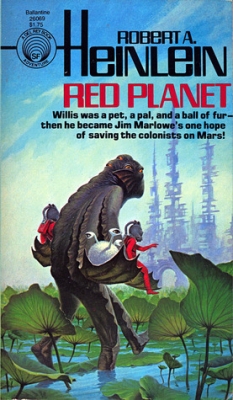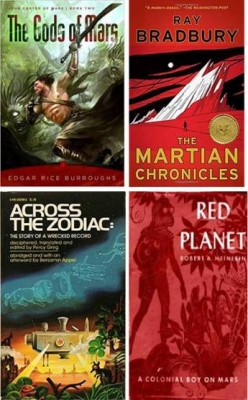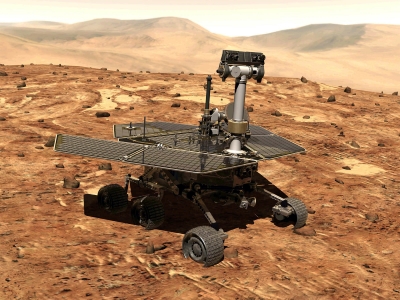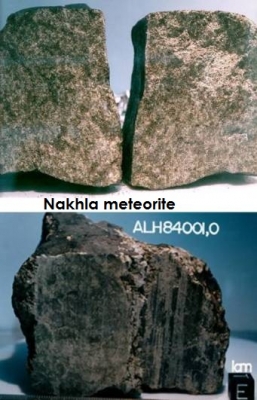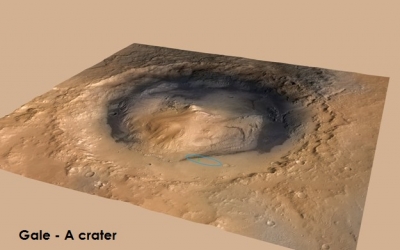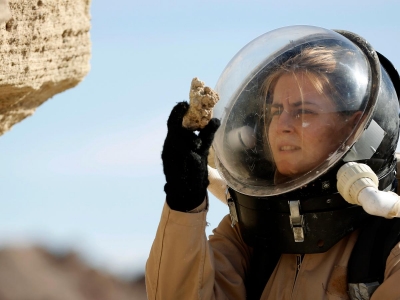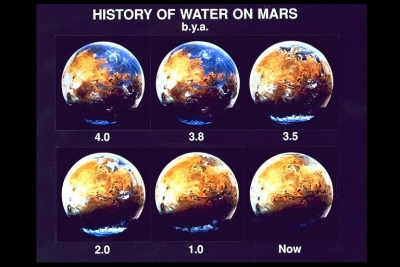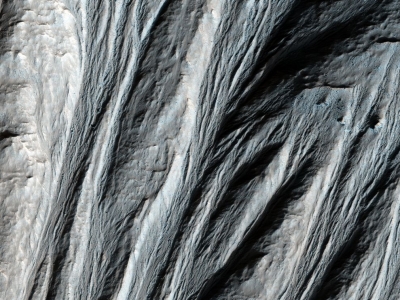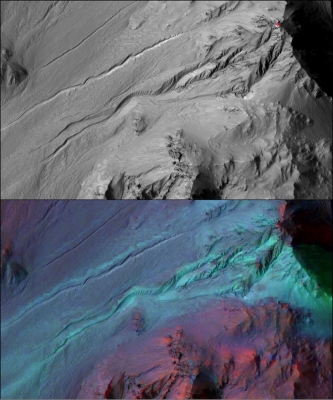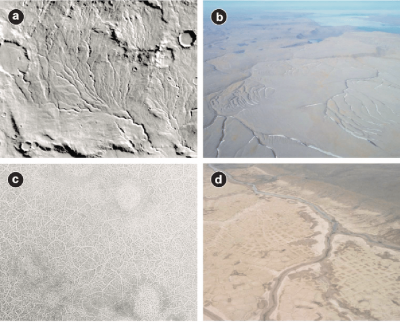How do we plan missions to Mars?
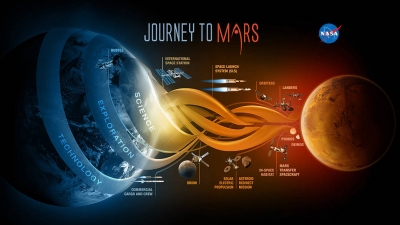
Technological advancements have virtually brought Mars closer to us step-by-step, first as blurry images through telescopes, then as data collected remotely by flybys and orbiters, and finally as physical observations conducted by landers and rovers that can test the Martian air and terrain for us. Today we are even planning sample return missions, and one day in the near future we will also have our first human on Mars!
But carrying out a mission to Mars is no easy job. Based on the scientific intent of the mission, items of equipment for the spacecraft have to be designed, built, tested and optimized. Since Mars is far away from the Sun, solar energy available on the planet will be limited, and efficient systems will have to be designed to power our equipment. A rocket, best suited to carry its payload, also has to be selected.
Mars is millions of kilometres away from the Earth. The differences between their orbits and orbital speeds mean that the two planets are the closest only for a limited duration. So, to execute the fastest and most efficient mission, we will have to time our rocket to Mars perfectly within a specific period known as the “launch window” which comes only once every two years and two months! Also, it usually takes around six to nine months for a spacecraft to reach Mars! So we have to plan our mission well in advance. And all this must be done keeping in mind the cost of the mission!
Picture Credit : Google
